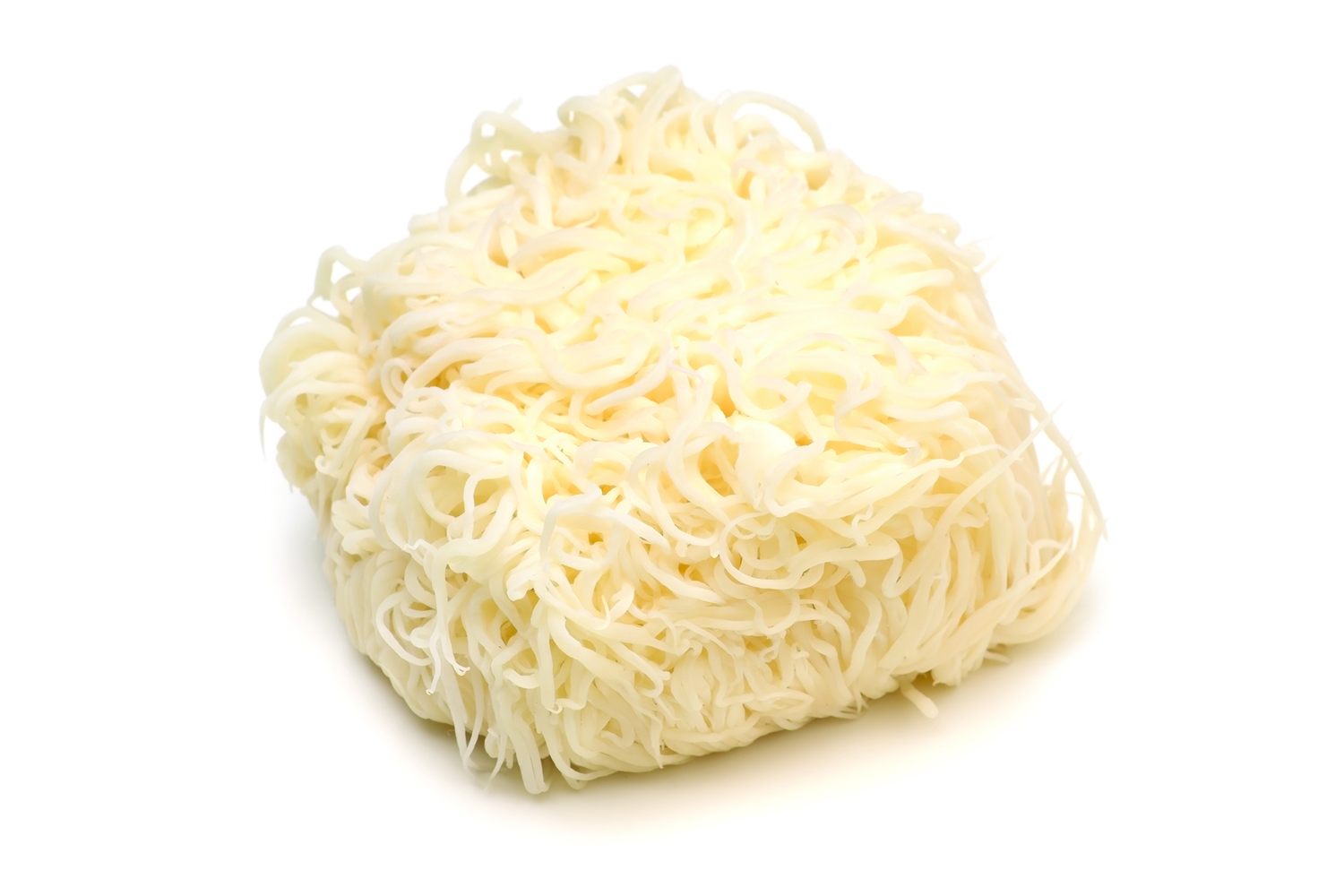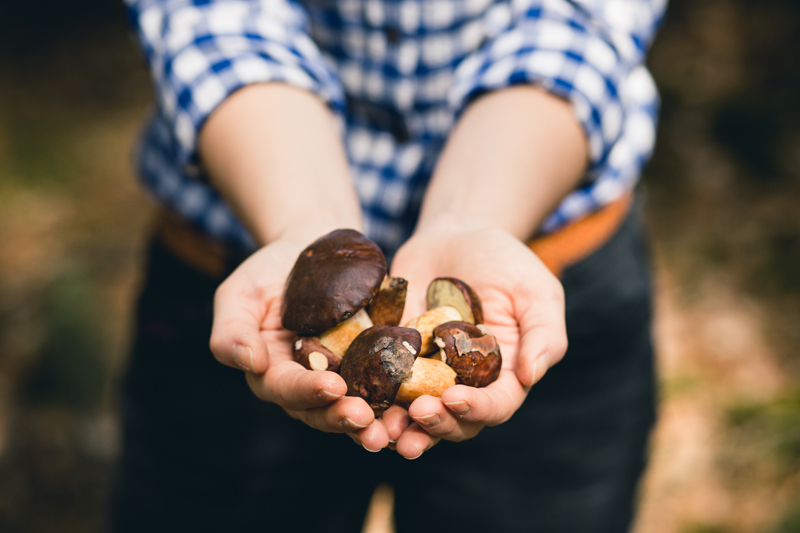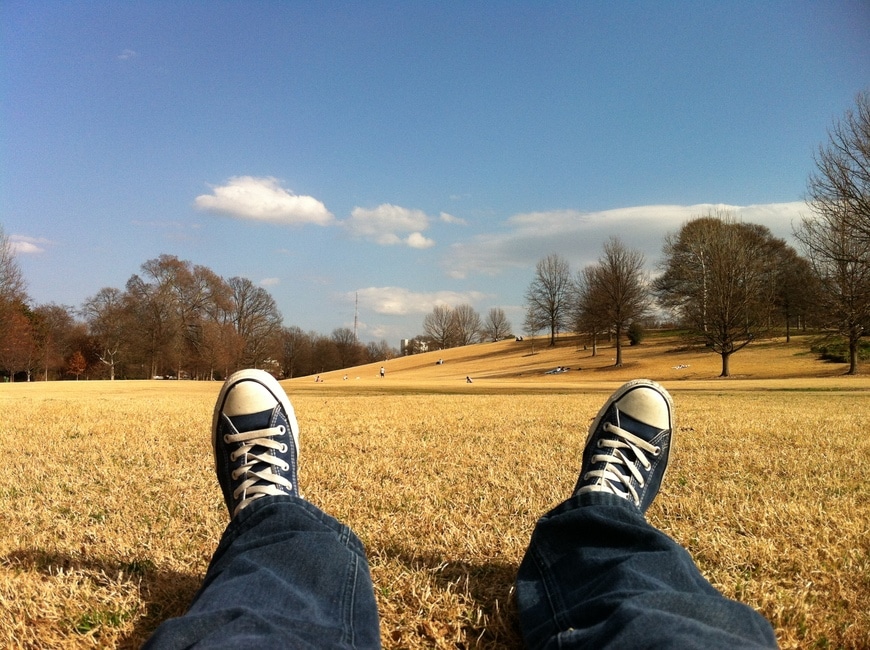People have been using ashwagandha for over 2,000 years. So you have to stop and wonder: what is the story with this powerful herb?
Ashwagandha – scientifically known as withania somnifera – is described in Ayurvedic medicine as a powerful rejuvenating herb, adding to life longevity. It has been used in India, Middle East and some parts of North Africa for more than two millennia.
Read on to learn about the ancient history of ashwagandha…
Ashwagandha is first described in sacred Ayurvedic texts: the Charaka and the Sushruta Samhitas.
Ayurveda is the traditional system of medicine practiced in India. It can be traced back to 6000 BC. In this healing tradition, ashwagandha is recognized as one of the most powerful herbs. It has been used since ancient times for a wide variety of conditions – most well-known for its restorative benefits.
In fact, ashwaganda’s use in Ayurvedic medicine extends back in time to the teachings of the most esteemed Hindu sages (rishis), Punarvasu Atreya. He is believed to have worked as the personal physician of the king. His teachings were the foundation for the Charaka.
In Sanskrit, the term “ashwagandha” translates to mean “the smell of a horse.”
It’s true! This potent herb earned its name, because the root of the plant actually smells like horse. (Luckily, most forms that you’ll use today do not carry the smell.) Plus, upon consuming it, you’ll have “the vigor and strength of a stallion.”
It also has a reputation for providing “the virility of a horse” – a reference to its use as an aphrodisiac, supporting healthy sexual function for both men and women.
For millenia, people have celebrated the many health benefits of this powerful and potent herb.
Throughout time, the root of Ashwagandha has been regarded as tonic, aphrodisiac, narcotic, diuretic, anthelmintic, astringent, thermogenic, and stimulant. For most of its Ayurvedic history, it has been used as a “rasayana.” A rasayana is a treatment that releases emotional tension and physical discomfort, and creates a foundation of wellness and stability in the body.
Ashwagandha has been used for thousands of years to target everything from the negative effects stress can have on the body, to strengthening the immune system throughout the seasons. In Africa, traditional uses of Ashwagandha among tribal peoples include fevers and inflammatory conditions. In Yemen, the dried leaves are ground into a paste that is used for treating burns and wounds, as well as for sunscreen. For external healing, the berries and leaves have been applied to tumors, tubercular glands, carbuncles, and ulcers.
Indeed, Ashwagandha has become the backbone of many multi-ingredient Ayurvedic and other formulations that have been used for a wide assortment of ailments.
With its rich history of healing, ashwagandha and its medicinal powers have been used and celebrated by cultures around the world for millennia.
Get a FREE copy of our eBook Ashwagandha: The 2,000-Year-Old Ayurvedic Herb Backed By Modern Science, and learn about the many powerful benefits of this ancient herb.
References
- http://www.ncbi.nlm.nih.gov/pmc/articles/PMC3252722
- http://amzn.com/8170800129
- http://www.chopra.com/ccl/ashwagandha
Disclaimer: Despite the references provided, the information on this site is intended for educational purposes only. It is not meant to cover all possible precautions, drug interactions, circumstances or adverse effects. Please refer for advise and treatment by a licensed physician.










